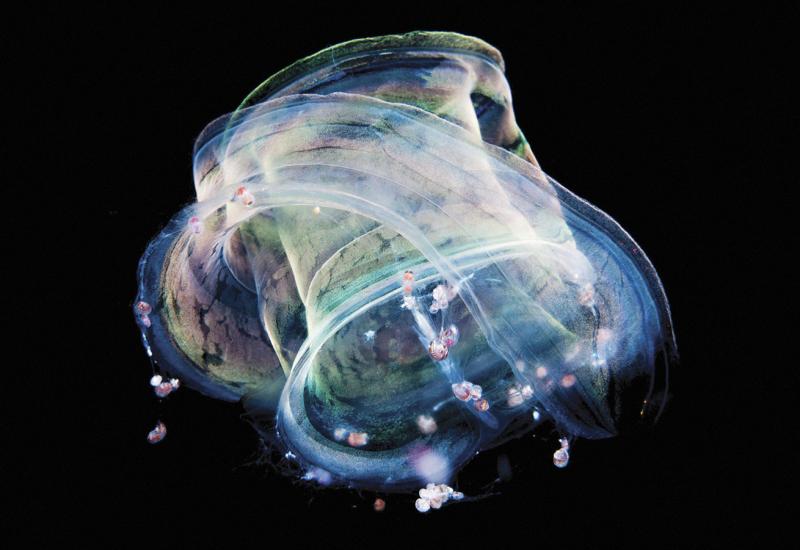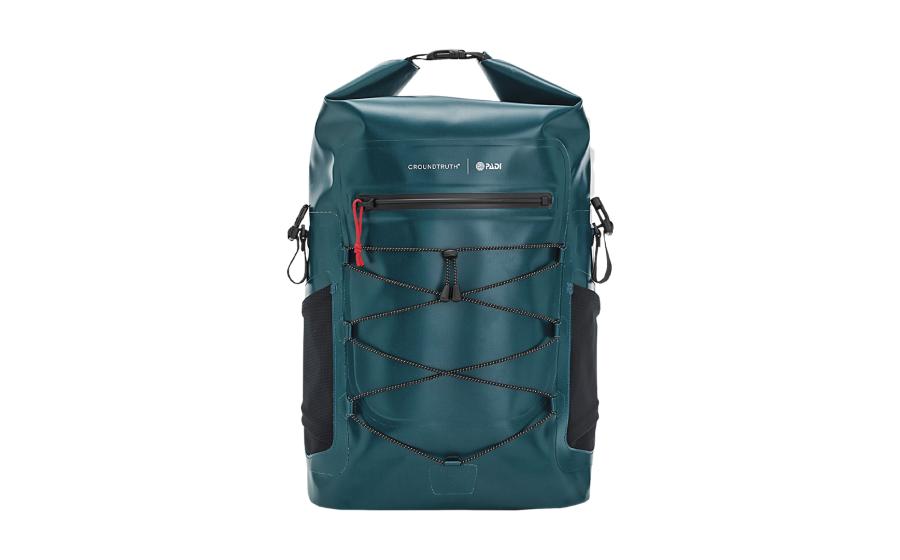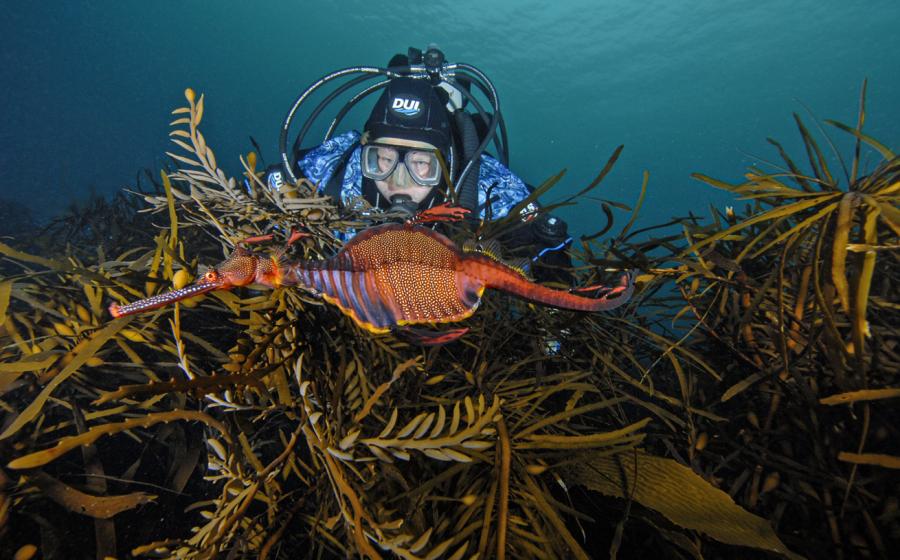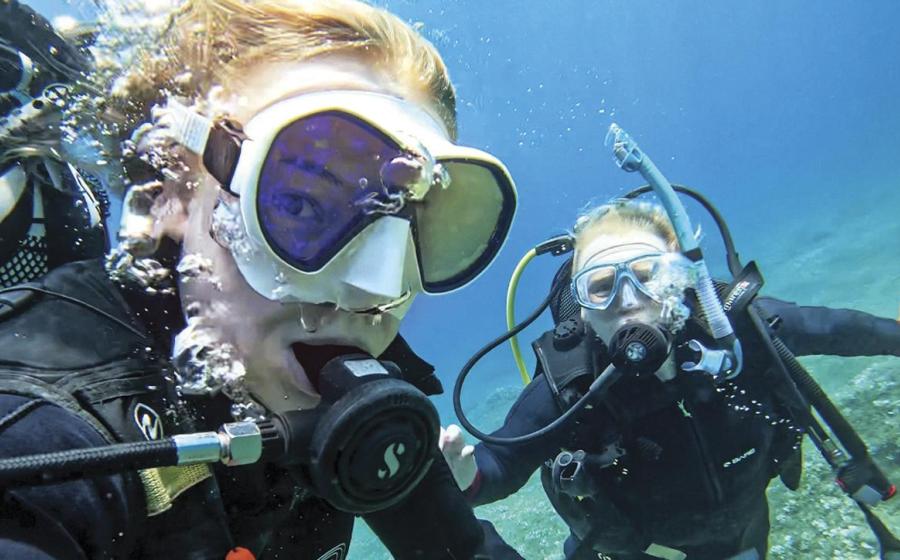Finning Techniques All Divers Should Know
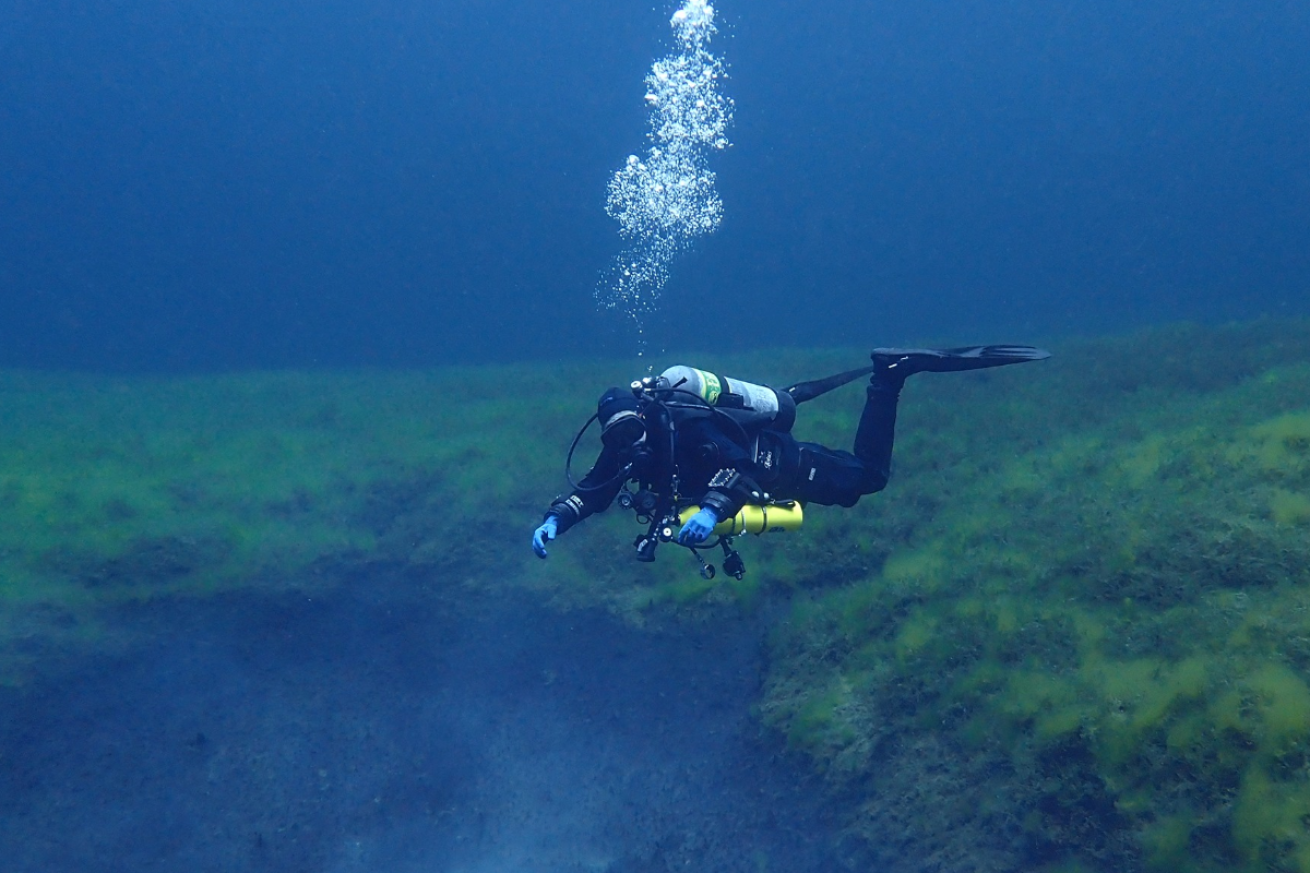
Gilly ElorThe author holding her position in the water column, using a frog kick finning style.
When you learn to dive you practice removing and replacing your mask, neutral buoyancy, regulator recovery and a number of other skills. Unfortunately, those skills usually do not include learning about or practicing "finning techniques," such as frog kick or modified flutter kick, which can help you better control how you move and impact your environment.
At best, you'll have an instructor tell you to kick from your hips and not as though you're riding a bicycle but beyond that, most instructors won't talk about it, largely because their instructor never spoke about it. This is a real shame as each finning style has value and can be applied depending on the dive site or the day's conditions, regardless of whether you're a recreational or technical diver. Silty wreck, cave tunnel or delicate reef? Modified frog kick will likely be your bet. Open ocean with distance to cover, flutter kick or frog kick will get you where you need to go.
Related Reading: 11 Great Scuba Diving Fins in 2022
When I teach open water I encourage my students to experiment with different finning styles. At this early stage of learning to dive, I usually keep it simple and suggest practicing flutter or frog kick. You'd be surprised how many people opt for frog kick. It's a style many people are innately comfortable with having learned it when they learned to swim. It's not, as many think, just a finning style for technical divers. As classes or specialties get more advanced I like to discuss other styles: back finning, helicopter kick and modified versions of flutter and frog.
Whether you’re a new diver, a seasoned diver, or a dive pro, I encourage you to give each technique a chance. Have a friend film you so you can see what you’re doing and improve. Bear in mind, some techniques may initially feel harder than others as you won’t be used to using the muscles—this will change in time—and some techniques may also be harder or easier depending on the fins you use. For example, frog kick is, in my opinion, not easy with split fins.
Let’s dig into each of these finning styles a little more, talk about where you can use each one, and the pros and cons.
Flutter Kick:
Like me, you probably learned flutter kick first. It’s the fin style most people opt for when not taught about other options. This technique allows divers to propel themselves through the water with minimal effort and cover ground fast. However, it is a less effective technique if you’re looking for controlled movement, tight turns and causing minimal disturbance to the environment.
Related Reading: Buoyancy Control Tips When Scuba Diving
You execute flutterkick by having your legs extended behind you, knees only slightly bent. As you begin to kick, the power should come from your hips and your thighs should do most of the work. To flutter kick, move one leg up while simultaneously moving the other leg down, creating an alternating up-and-down movement just as you might swimming freestyle. To conserve energy, the depth of your kick should be relatively shallow.
Pros of flutter kick
- Fastest finning technique.
- Provides a strong propulsion for getting to a destination quickly.
- Easy to learn and perform.
- Good for basic open water diving scenarios when task loaded.
Cons of flutter kick:
- Not a very controlled propulsion technique.
- Not preferred by photographers or technical divers in overhead environments as it can stir up sediment.
- Can throw off buoyancy, trim and breathing control if not performed correctly.
Fins that work well for flutter kick include paddle fins (they provide a lot of power with each kick) and split fins. Split fins are designed to be efficient and provide a lot of thrust with minimal effort.
Modified Flutter Kick:
The modified flutter kick is a variation of the standard flutter kick that is slower and less powerful but more controlled. It causes less disturbance to the underwater environment and helps conserve energy. Often divers will use this technique when navigating a tight space or exploring delicate structures where big kicking could damage corals.
Unlike flutter kick, the modified flutter kick requires a more bent knee. Your fins should still be parallel to the ground and your kicking motion should still be initiated from your hips, though your thighs will do less work. Your knees should not be moving much. As with flutter kick, the movement requires moving one leg up while simultaneously moving the other leg down, creating an altering up-and-down movement. The motion should be smooth and steady, focusing on keeping the fins’ tips closer together in the traditional flutter kick. This will result in a smaller kick reducing the risk of disturbance to the marine environment, and help to conserve energy.
Related Reading: How Scuba Divers Can Improve Their Breathing
It is a good technique for low-current environments. If you’re a flutter kicker by nature, you might find it easiest to adopt this technique before frog kick or modified frog kick.
Pros of modified flutter kick:
- Useful for silty overhead environments to control the amount of silt being kicked up.
- Provides slow and steady propulsion.
- Can help conserve air and prolong dive time in silty conditions.
Cons of modified flutter kick:
- The least efficient finning technique presented.
- Provides very little propulsion.
- Not suitable for most diving scenarios.
Fins that work well for modified flutter kick include split fins, again because they provide thrust with minimal effort, and because the flicking motion required for the modified flutter kick is also easier with split fins. Flexible paddle fins are another option that works well as they’re designed to provide a balance between power and efficiency.
Frog Kick:
The frog kick is a popular finning technique used by scuba divers for its efficiency, power and minimal disturbance to the marine environment. It is inspired by a frog’s leg movements and is particularly suitable for divers wearing larger fins or diving in confined spaces. It is also the preferred technique for technical divers, scientific divers and really anyone looking to disturb their environment as little as possible. It keeps the legs up (knees bent) and provides better control of body position in the water column.
The frog kick is simple to perform. As with the modified flutter kick, you should position yourself parallel to the ground and bend your knees. To generate forward momentum, push your legs out and back in a sweeping motion (bending your knees and bringing your heels close to your buttocks, then spreading your legs apart), straightening your legs as you complete the kick, and bringing your fins together. Glide for a moment, allowing the momentum from the kick to carry you forward, and then initiate the next kick.
Related Reading: What You Need to Know About the PADI Peak Performance Buoyancy Specialty
It is an effective technique for low-visibility environments as it produces less silt and debris.
Pros of frog kick:
- Preferred by technical divers due to its controlled propulsion and tight body position in the water.
- Very powerful propulsion tool.
- Easy to brake and hold position in the water column.
- Can be used for short distances and tight spaces.
Cons of frog kick:
- Not the fastest finning technique.
- Requires some practice and training to perform correctly.
For frog kick, jet fins are a popular choice due to their stiffness and the power they can provide. They are also usually incredibly durable and made to withstand the wear and tear some technical divers can put them through. Some paddle fin brands can also work well here as long as they are not excessively long or flexible.
Modified Frog Kick:
The modified frog kick is a variation of the frog kick and is useful for increased maneuverability and control in confined spaces or when navigating delicate underwater environments. It’s a technique technical and scientific divers will be well-versed in, though is equally useful to recreational divers looking for more control.
Related Reading: What Tech Diving Is and How to Know If It's Right for You
To perform the modified frog kick, maintain a horizontal body position with your face down, looking slightly forward. Start with your knees bent, and instead of extending your legs fully as in the traditional frog kick, keep them bent throughout the kick, and sweep your fins in a circular motion while keeping them closer to the ground. This technique requires smaller, more controlled movements that allow you to adjust your position and maintain a steady pace without creating excessive water movement or disturbing the surrounding environment.
Pros of modified frog kick:
- Preferred by some technical divers for its tight control of body position in the water.
- Provides strong propulsion.
- Easy to brake and hold position in the water column.
Cons of modified frog kick:
- Not as efficient as other techniques.
- Requires practice and training to perform correctly.
- Not the fastest finning technique.
Fins that work well for this technique, include jet fins and paddle fins and the rationale is much as we mentioned above with frog kick. They’re stiff and provide excellent propulsion and control.
Mastering these techniques will allow you to improve your efficiency, and control underwater, while also minimizing your impact on the marine environment. Ultimately, the key to success lies in regular practice and developing the finesse needed to execute each kick effectively. Find a buddy who is happy to film you executing each technique, watch the film and then practice practice practice.



